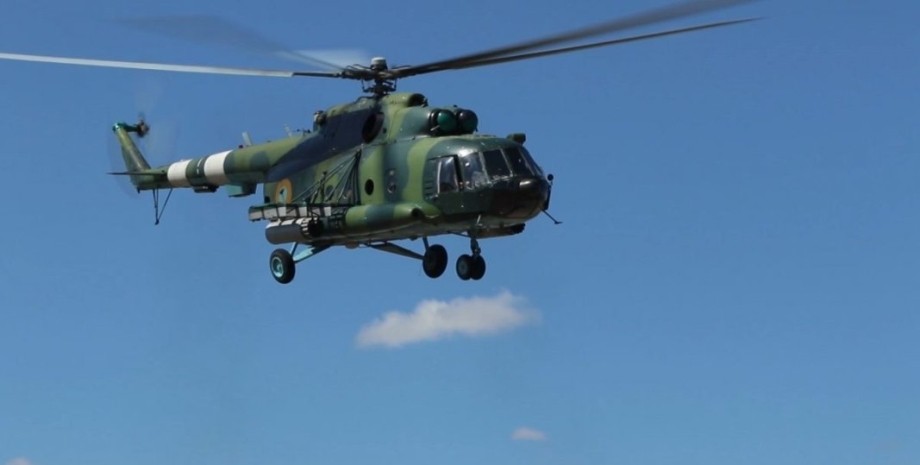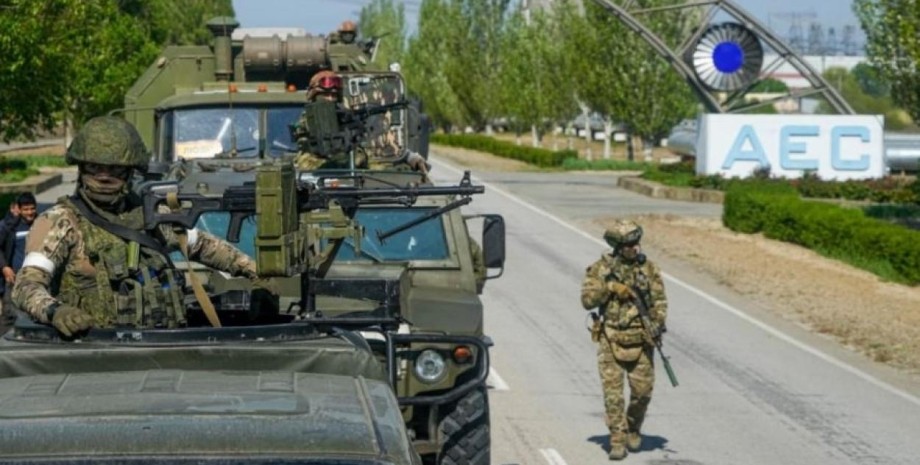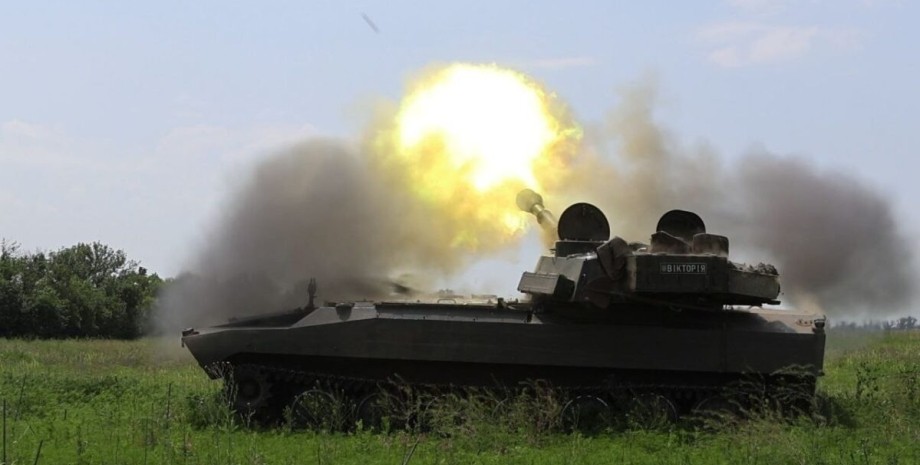
 By Eliza Popova
By Eliza Popova
Violent and increasingly aggressive attempts by the PRC to change the Indo-Pacific region and the international system in accordance with their interests and authoritarian preferences are the most large-scale and serious challenge to the US national security. For this purpose a special operational group was created in China. Unlike China, he cannot systematically challenge the US in the long run.
But Russian aggression is a direct, immediate, sharp and acute threat to US interests and values, and Putin's reckless war against Ukraine - the worst threat to European security since the end of World War II - clearly showed it. The Pentagon closely monitors Russia's growing rapprochement with the PRC, so the current efforts and future initiatives are concerned with Russia, even if the orientation goes to the PRC. China and Russia are the most dangerous challenges in all areas.
All these challenges are exacerbated by a wide range of new technologies and rapidly developing applications, which complicate the dynamics of escalation and create new problems for strategic stability. It involves combining advanced military capabilities and operational concepts with powerful interagency tools and capabilities of allies and partners for a smooth determination of aggression in any industry and in any military action.
This includes three groups: within the Ministry of Defense, interagency interaction and interaction with allies and partners. The US Army is ready to resist the full range of threats, using the American spirit of innovation to meet the difficulties of the modern world. A perfect combination of restraint efforts to make the basic truth crystal clear to any potential enemy-the price of aggression against the United States or Allies and Partners is far superior to any possible achievement. Space.
Work on creating persistent satellite groups to train an opponent to experience American freedom and guarantee that the United States will win if he tries to do so. Cyberspace: Increasing stability and expanding the opportunity for military operations. The main support for strategic restraint. Full dedication to the modernization of all three components of the nuclear triad.
For the first time in the history of the Pentagon, all major strategic reviews were conducted together: NRR, nuclear policy review and missile defense review. This has led to coherence, more integrated and impeccable approach to restraint and risk management, and the closest resource communication strategy. Nuclear policy review confirms that as long as nuclear weapons exist, the main role of the US nuclear weapon is to restrain the nuclear attack on the United States, our allies and partners.
Anti -rocket defense review emphasizes that anti -missile defense contributes to a comprehensive restraint, undermining the confidence of a potential opponent in his ability to have a successful attack. • more than $ 56 billion to platforms and air power systems; • more than $ 40 billion to support the domination of the sea; • almost $ 13 billion to support and modernize the land forces; • About $ 34 billion to support and modernize nuclear forces.
Complex restraint is also a closer cooperation with an unprecedented network of allies and partners: in the Indo-Pacific-a historical Aukus historical agreement, a tripartite cooperation with Japan and Korea, numerous multinational exercises to increase combat capability and operational compatibility.
In Europe, it is the only and decisive NATO, an extraordinary coordination of about 50 members of the Defense Contact Group of Ukraine, created by the United States to protect Ukraine's self -defense. In the Middle East, Africa and Latin America, there are efforts to strengthen allies and partners and improve prompt compatibility and integration wherever possible. The sequence of initiatives within the entire ministry to promote priorities over time.
This strengthens restraint by increasing combat preferences or eliminating combat vulnerabilities. The idea is to force the entire department to work together, following a strategy and a logically related sequence of actions to achieve a certain effect. Conducting and sequence of hostilities, which subsequently change the situation in the field of security in favor of the United States, work on the restriction and disruption of the malicious actions of competitors.
Construction and training of forces that will be needed in crisis or conflict, including a request for $ 135 billion in the budget last year for further investment. Updating the position in the Indo-Pacific region to make it more resistant to aggression. Within the AUKUS program, the linking of advanced opportunities with active military training with the allies.
Creating constant advantages over further strengthening of the foundations of a defense enterprise and innovation is the central place in the US defense strategy. It is the development of forces, the use of the latest technologies and investments in the outstanding people of the Department, it is the most valuable resource. Creation of a reserve of fast defense experiments that finances different units of the Ministry to work together to eliminate critical gaps in joint fighting.
More than $ 130 billion in a budget request for the next year for research, development, testing and evaluation. It is the largest budget for R&D for the history of the Pentagon. Updating work with industrial partners, including strengthening the supply chain and the defense-industrial base. Fighting the dangers of climate change, including ensuring that the armed forces can continue to work well in hotter and more severe conditions.
HRR requires even deeper investment in people - the most valuable Pentagon resource and the basis of American safety. The President's budget includes a 4. 6% increase in the salary of servicemen from January 1, 2023. Simplifying housing and moving to a new place of service, providing child care and assistance to the spouses of servicemen. Mutual unions and partnerships are the greatest global strategic advantage.
Close cooperation with allies and partners is the main interests of US national security and collective ability to solve the problems that are China and Russia, while responsibly coping with a number of other threats.
But progress on this front will be impossible if you do not eliminate long -standing institutional barriers that impede collective planning, operating compatibility and mutually beneficial purchases, including the need to increase cybersecurity and eliminate barriers for information exchange. The US Armed Forces remain the most powerful fighting force in history and a source of stability in a troubled world. And devoted strategies that will retain this situation.
The United States is endowed with a number of wonderful qualities that give them enormous advantages. No country on Earth is in a better position to solve the problems that we have to solve in this decisive decade, and to win the competition for determining the rest of the century.
Generation tasks are to combine and integrate these excellent qualities, developing the opportunities, along with the capabilities of allies and partners to support and strengthen the free and open international system, which is increasingly threatening. The US nuclear policy establishes a strategy that concerns nuclear weapons to restrain all forms of strategic attack.
This includes the use of nuclear weapons of any scale, as well as strategic attacks with high consequences using non-nuclear products. Any use of nuclear weapons will radically change the nature of the conflict. While there is a nuclear weapon, its fundamental role is to contain a nuclear attack on the United States, Allies and Partners.
The United States will consider the use of nuclear weapons only under extreme circumstances to protect the vital interests of the United States or their allies and partners. In the near future, nuclear weapons will remain the basis of the US strategic restraint. Other non -nuclear remedies can supplement but cannot replace nuclear deterrents under certain circumstances. But only restraint cannot reduce nuclear danger.
The Pentagon will also focus on the control of weapons and non -distribution as vital elements of a balanced approach. Nuclear Posture Review announces the decommissioning of the outdated nuclear gravitational bomb B-83 TAC 1 and the abolition of unnecessary nuclear winged maritime base rocket. Nuclear triad and nuclear commands of command and management and communications operate outside their initial design life, the US will fully modernize them.
We also strive to cooperate with the Ministry of Energy and the National Nuclear Security Department to create a modern nuclear infrastructure capable of resisting current and future threats. No other element of the US military power can replace the unique effect of containing nuclear weapons and trained professional nuclear forces that use it.
Russia uses thousands of offensive missiles in Ukraine without parsing, and not for high -precision military effects, but instead uses a terrorist weapon of a wide range of action to cause terrible suffering to innocent civilians. The use of rockets in Ukraine in Ukraine shows that weapons will be a common feature of the 21st century conflict.
Ballistic, winged, hypersonic and lower levels of threats, such as unmanned aviation systems, is a risk that grows and accelerates for the United States, US forces abroad, as well as allies and partners. Finding ways of effective protection against these threats is an important task. The United States will continue to outstrip the threat of North Korea. To do this, the Ministry will actively improve the available active anti -missile defense opportunities while adding new ones.
This includes new space and ground sensors, the development of 20 new next generation interceptors, which are planned to be put into operation in 2028. Domestic anti -missile defense systems are not intended and are not able to protect against a complex set of rocket threats that China or Russia can use against the United States. The support of the US nuclear forces to curb strategic threats is the ancient US policy and the continuity of this and all previous missile defense examinations.




















Všetky práva vyhradené IN-Ukraine.info - 2022